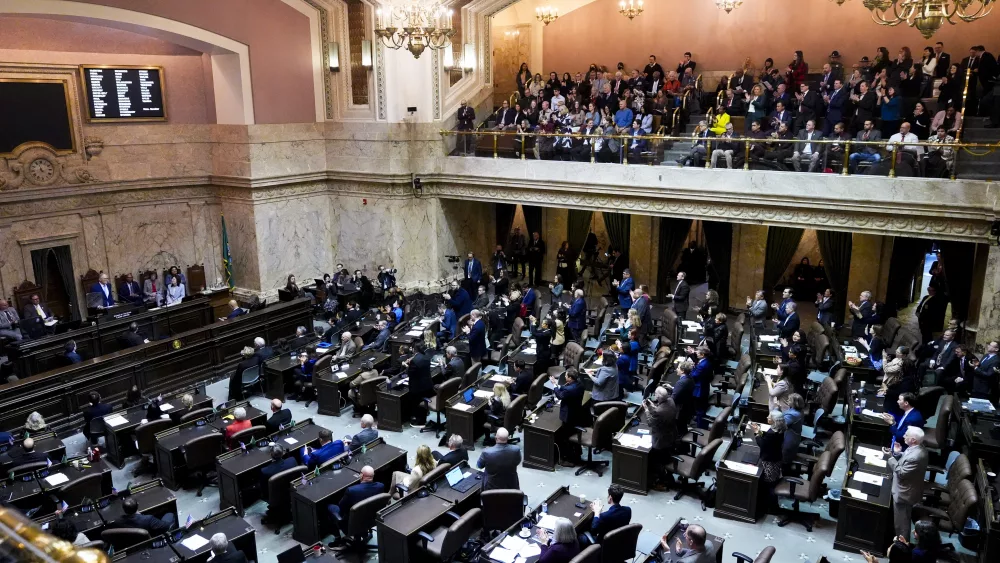Seattle Mayor Bruce Harrell’s latest attempt to curb the fentanyl crisis plaguing the city’s streets now includes an executive order that calls for a collaboration of Seattle Police, City, County and federal prosecutors as well as the DEA, the FBI and the Department of Homeland Security to go after drug dealers.
It also adds a pilot overdose response to Seattle Fire’s Health One for immediate overdose treatment and transportation to a recovery center, as well as incentives to encourage people into treatment. Fire Chief, Harold Scoggins, was asked how they’ll get more people to agree to treatment when so many choose living on the streets with their addiction rather than seeking help. Scoggins says without hesitation that his firefighters are “persistent”. Scoggins says the pilot will work under current funding for the three existing Health One units, and then once they see how it goes, they’ll report back to the mayor with what Seattle Fire will need to expand the program further.
In addition, the order calls for a pilot program, known as “contingency management,” which is a 12-week program that incentivizes treatment with “low-dollar” gift cards and other rewards for staying sober, described as “a novel approach…administered where people live instead of in a medical clinic.
Mayor Harrell says, “We have an obligation to do more for those suffering from substance use issues and for all neighbors. There are no quick fixes to this complicated challenge, but our Executive Order takes urgent steps to decrease trafficking of deadly drugs and to deliver new, innovative, and sustainable approaches to helping those suffering from substance use disorder.”

City Council member, Sara Nelson, says the plan has her full support. “We have to meet people where they’re at, and we can’t give up on them,” Nelson says, “We have to be bold.”
The mayor also updated his downtown activation plan, which has some longer-term goals still being worked out. More immediately, the activation plan calls for filling 20 vacant storefronts by early summer with small businesses and artists. It also comes with the reopening of the troubled City Hall Park next to the King County Courthouse with 24/7 security and new lighting as well as activities designed to draw people to the park. There are also calls for other activities downtown, like events that close sections of city streets, food trucks and concerts. The city will also ask the State Liquor and Cannabis Board to allow “sip and stroll” permits so that people who take the weekly art walk can take alcoholic drinks with them between venues.
Jon Scholes, president of the Downtown Seattle Association, calls it good first steps. “Mayor Harrell’s Downtown Activation Plan is an important step forward for downtown’s continued revitalization. The Mayor is focused on the right issues. It is critical that we address the fentanyl crisis and its impacts. We cannot recover as a community until we make substantial progress and treat this crisis like the emergency it has become. We also appreciate the mayor’s actions toward ensuring that downtown is clean and welcoming and the inclusion of additional investments in the Metropolitan Improvement District to enhance downtown’s vibrancy. The activation plan gets us going in the right direction.”






